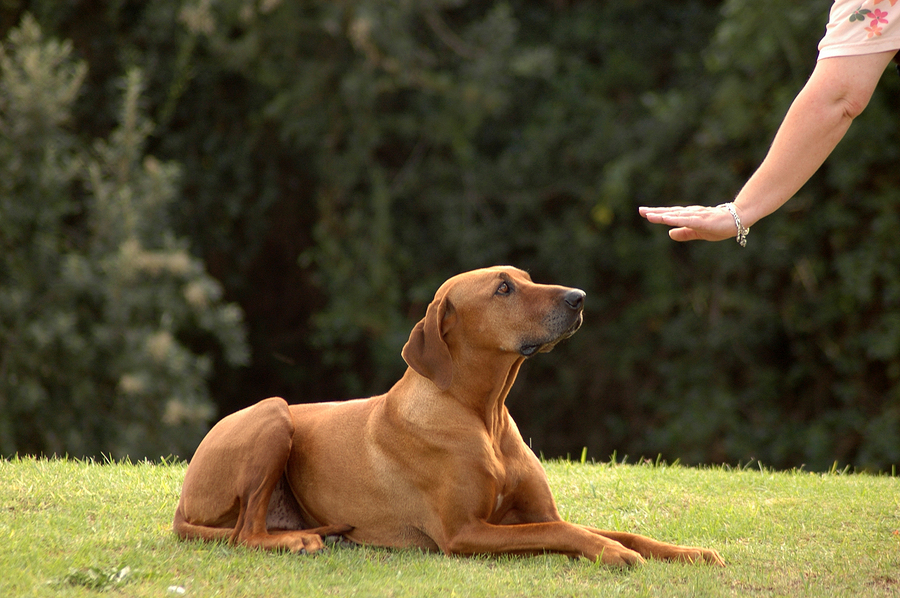Master Vital Commands: Reliable Dog Educating Facilitated
Reliable pet training is a basic facet of liable pet possession, and understanding crucial commands functions as the structure for an unified connection in between handler and pet. Commands such as "Sit," "Remain," and "Come" not just promote communication but likewise promote a much safer atmosphere. Using favorable reinforcement techniques can enhance the learning experience, yet many encounter challenges in achieving regular results. Understanding the subtleties of canine habits and the training process is crucial; however, the trip to a trained canine typically presents unanticipated difficulties that need attention. What approaches can genuinely transform these obstacles into chances for growth?
Understanding Your Canine's Actions
To understand the subtleties of effective canine training, it is vital to break down and assess your pet's habits. Dog training. Recognizing the motivations behind your pet's activities is important; behaviors can originate from impulse, concern, exhilaration, or a wish for focus. By observing your pet in various circumstances, you can determine patterns that may suggest underlying feelings or demands
For instance, a canine that barks excessively might be sharing monotony, anxiety, or a need for social interaction. On the other hand, a pet that shows harmful habits may be looking for stimulation or relief from anxiety. Identifying these triggers permits you to tailor your training approach effectively.
Furthermore, it is important to consider the dog's type features, as they can affect actions significantly. Some breeds are inclined to certain attributes, such as herding or protecting reactions, which can impact their reactions to certain stimulations.
Lastly, consistency in your actions to your pet dog's habits promotes a far better understanding between you and your pet dog. This mutual understanding is fundamental for constructing trust fund and facilitating an effective training procedure that nurtures both behavioral improvement and favorable support.
Important Commands to Show
Instructing necessary commands is an essential aspect of efficient canine training, giving the foundation for a mannerly and responsive pet. These commands not just improve communication in between the proprietor and the canine however likewise guarantee safety and security in numerous environments.
One of the most crucial commands consist of "Sit," which encourages your dog to continue to be fixed and tranquil; "Stay," which reinforces the concept of remaining in one location until launched; and "Come," which is crucial for recalling your dog from potentially dangerous scenarios. "Down" shows pet dogs to lie down, advertising relaxation and control, while "Leave it" assists stop pet dogs from grabbing damaging or undesirable items.
" Heel" is an additional important command that encourages your dog to walk very closely beside you, boosting chain good manners. Lastly, "No" offers as a vital boundary-setting command, helping to fix undesirable actions.
Training Methods for Success
Reliable canine training relies greatly on utilizing a variety of techniques that cater to both have a peek at these guys the pet dog's discovering style a fantastic read and the owner's training objectives. One essential approach declares support, which includes gratifying preferred behaviors with treats, praise, or play. This technique motivates the pet dog to duplicate those habits, fostering a strong bond between proprietor and pet dog.

An additional reliable strategy is clicker training, where a distinct noise, made by a remote control, marks the precise moment a pet performs a preferred activity. This exact timing aids pet dogs link the behavior with the incentive, boosting their understanding.
Uniformity is critical in all training methods. Developing clear commands and keeping the exact same signs aids the canine grasp assumptions more swiftly. Additionally, brief, appealing training sessions protect against boredom and boost retention.
Incorporating socialization opportunities is also essential. Subjecting dogs to numerous environments, people, and various other animals assists them establish confidence and versatility.
Finally, patience plays a significant function in successful training - Dog training. Each pet learns at their own pace, and understanding this can bring about an extra satisfying training experience for both the owner and the pet dog. Applying these strategies will certainly establish the structure for efficient dog training
Common Obstacles and Solutions
Regardless of the best training techniques, canine owners frequently run into common difficulties that can prevent progress. When family participants make use of various commands for the very same actions, it puzzles the pet dog, leading to irregular reactions.

Additionally, some pets may show stubbornness or absence inspiration. This can frequently be attended to by including favorable support techniques, such as deals with or appreciation, to motivate wanted behaviors. Customizing benefits to what your pet click for source locates most motivating can substantially improve their engagement.
Finally, worry or stress and anxiety can hinder progression in training. Acknowledging indications of stress and readjusting the training speed accordingly is important. Using gradual direct exposure to been afraid stimulations can help build self-confidence with time, promoting a more reliable training experience.
Maintaining Consistency and Patience
Consistency and patience are extremely important in canine training, as they develop the foundation for achieving enduring behavioral changes. Pets thrive on regular and clear expectations; hence, preserving a regular technique in commands, benefits, and corrections is essential.
Equally important is the role of patience. Training a pet dog is not an immediate procedure; it requires time and repeating. Canines, similar to human beings, have differing finding out speeds and may not understand commands promptly. Trainers have to acknowledge this and remain tranquil, giving motivation instead of stress. Favorable reinforcement plays a vital role here, satisfying preferred habits and aiding to promote a relying on connection in between the canine and fitness instructor.
Conclusion
Grasping vital commands is basic to effective canine training, cultivating enhanced communication and reinforcing favorable actions (Dog training). Eventually, a well-trained pet not just shows excellent actions yet additionally creates self-confidence, contributing to a harmonious connection in between the pet and its proprietor.